Pictures of some of the Fox-1A flight unit/spare systems, fresh out of the conformal coating process.
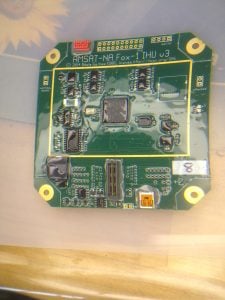
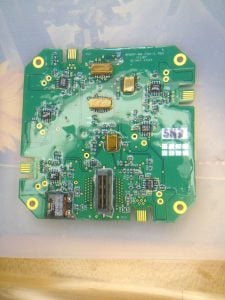
For those that are attending this year’s AMSAT Space Symposium in Baltimore, we have a special treat for you. The AMSAT symposium committee has confirmed that one of the original Tuskegee Airman, Col. Charles E. McGee, will be attending our conference on Friday October 10th. Col. McGee will give a special presentation at our symposium on his experiences as a Tuskegee Airman and as an Army Air Corps and Air Force Pilot. A short question and answer period will follow.
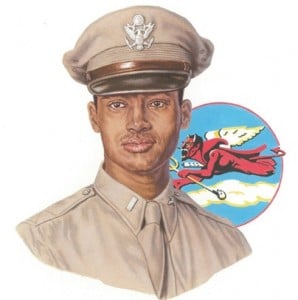
Born on December 7, 1919, McGee rose to the rank of Eagle Scout in the Boy Scouts and, shortly after WWII broke out, joined the Army. He became a pilot in what was dubbed the Tuskegee Experiment, the first squadron of African American pilots, also known as the “Red Tails” from their red markings on the tails of their aircraft. Col McGee and his Tuskegee colleagues fought two wars—World War II and the war on segregation. This required them to develop an unprecedented level of discipline, excellence and fortitude to achieve success.
In World War II McGee flew numerous aircraft, including the famous P-51 Mustang as part of the 332 Fighter Group, one of three groups designated as the “Red Tails.” He provided fighter escort for the B-24 Liberator and B-17 Flying Fortress bombers over Germany, Austrian and the Balkans. He holds a US Air Force record of 409 fighter combat missions flown in World War II, Korea and Vietnam. Col. McGee received numerous awards for his service, including the Legion of Merit, Distinguished Flying Cross, Bronze Star Medal, and Air Medal with 25 oak leaf clusters, amongst others. In 2007 Col McGee and the surviving Tuskegee Airmen were awarded the Congressional Gold Medal by President George W. Bush.
Col. McGee’s presentations are an inspiration to all. He demonstrates, through his life lessons, the need to persevere despite all obstacles and to do your best in all endeavors. Do not miss out on this opportunity to meet this remarkable living legend.
For those still on the fence on whether come to this year’s symposium, you now have no excuse. This special presentation is a must see for all.
Frank Bauer, KA3HDO
Symposium Committee Chairman
The Fox-1 series of satellites feature a slow speed telemetry, with 200 bps data being sent along with the transponder audio or voice ID activity. This allows telemetry to be sent continuously during normal transponder operation while QSOs are taking place.
The slow speed data is contained in the audio spectrum below 300 Hz. Using DSP techniques, high pass filtering is applied to the uplink signal and voice IDs, low pass filtering is applied to the telemetry audio which is generated by the IHU, and the combined audio is sent on the downlink as the voice and data. Forward error correction added to the downlink stream provides data recovery for up to 1/4 second signal fades.
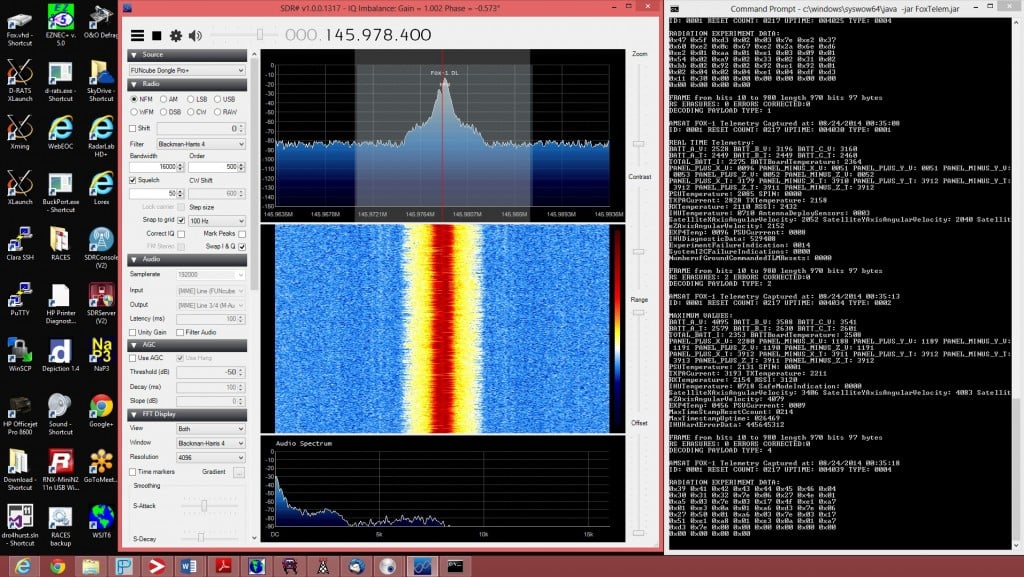
The slow speed data on Fox-1A contains four different payload types: Current telemetry readings, High telemetry readings, Low telemetry readings, and Vanderbilt University radiation experiment telemetry. The payloads are transmitted in a scheduled rotation that delivers one payload or frame about every 5 seconds. Current telemetry is thus received every 15 seconds, experiment telemetry is received about twice every 15 seconds, and high or low telemetry received once every minute (alternating minutes between high and low).
The telemetry contains many satellite health and operation values, including readings such as solar panel output, battery voltages, temperatures from various areas of the satellite, IHU performance, and the Penn State University MEMS gyro experiment data.
AMSAT will be providing free GUI software for decoding and displaying both slow and high speed telemetry from the Fox-1 series of satellites, as we get closer to launch. The software will be similar to the user software that was provided for ARISSat-1.
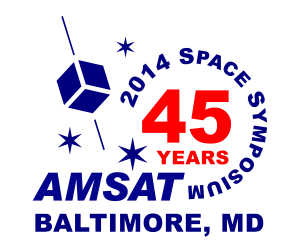
This year AMSAT will again have the popular commemorative polo shirts featuring the 2014 Symposium logo. These shirts will not be available through the AMSAT Store. Orders must be received by 10 September in order to have them available at the Symposium.
You may download the order form.
2014 AMSAT Symposium Commemorative Shirt Order.
Note that the order form shows the logo from last year. These shirts will have the new 2014 logo shown above. The lettering will be white on blue shirts, blue on white shirts, with the red number on both.